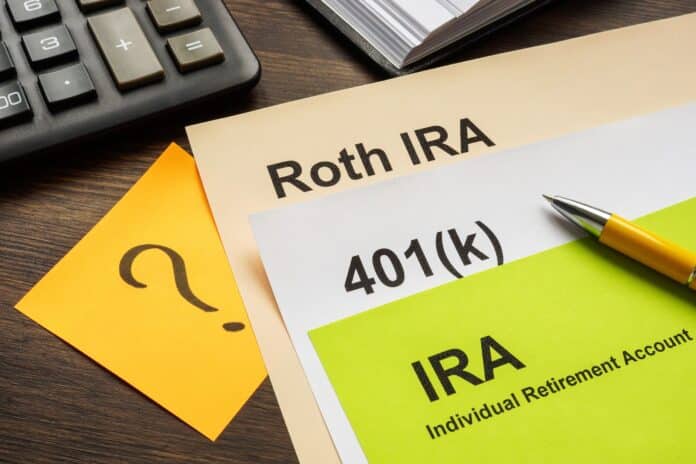Sponsored post by Principal Preservation Services and Principal Wealth Services

Roth IRAs and 401Ks are a great way to build your wealth tax-free. In order to take advantage of these tax advantaged accounts, you need to understand the rules associated with them.
- What is the difference between an IRA and a Roth IRA or a 401K and a Roth 401K? With the traditional IRA and 401K, you will receive an immediate tax savings when you contribute to these plans, but with the Roth IRA and 401K, you receive no tax savings initially. The money you invest in these were already taxed dollars, but now the account will grow tax-free, and the withdrawals will be tax-free in retirement (after 59½).
- What is the difference between a Roth contribution and a Roth conversion? A Roth contribution is when you add money to a Roth IRA when you have earned income. You can’t contribute more than what you make with a maximum for 2024 of $7,000 for under age 50 or $8,000 for 50+ years old. A conversion is when you already have tax-deferred funds like a 401K or traditional IRA and pay the taxes to get them into a Roth. You don’t have to have income to do a conversion, but it will count as income for the year you do the conversion.
Longterm, this is the preferred option to prepare for retirement because you will pay taxes at the reduced rate of the Tax Cuts and Jobs Act that expires in less than 2 years, it will save some people the extra cost of Medicare Part B penalties (IRMAA tables), and if your beneficiaries inherit these funds, they won’t have to pay taxes like a traditional IRA in 10 years, which means a lot of taxes.
Mistakes:
If you are converting an IRA to a Roth IRA under the age of 59½, I recommend not withholding taxes on the conversion, otherwise you will have to pay a 10% penalty on the amount you withhold for taxes. You should have other funds to pay for the taxes on the conversion.
Many people think that you can roll over your required minimum distributions (RMDs) into a Roth if you don’t need the money, but the IRS says that you cannot. Once you are RMD age, 73-75, the first distribution needs to be your RMD, which can’t go into a Roth. If you want to convert some funds to a Roth after your RMD is met, that is acceptable by the IRS.
Lastly, a new rule goes into effect for 2024 from the Secure Act 2.0 that passed over a year ago. For those who have 529 plans that have gone unused, you can now start rolling those funds into the beneficiary’s Roth IRA without taxes or penalties as long as:
- The 529 has been open for at least 15 years
- Can roll over a maximum of $7,000 per year for under age 50 or $8,000 for 50+ years old
- There is a lifetime cap of $35,000 for 529 to Roth rollovers — so it could take up to 5 years.


















